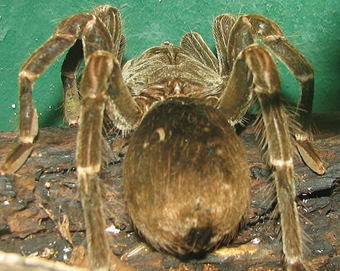Nathan Zhang
Arachnopeon
- Joined
- Dec 24, 2015
- Messages
- 43
If X. immanis is the Columbian Lesserblack, there should be a greaterblack right?
Not sure how big that species would be considering that that immanis is already large enough
Not sure how big that species would be considering that that immanis is already large enough

